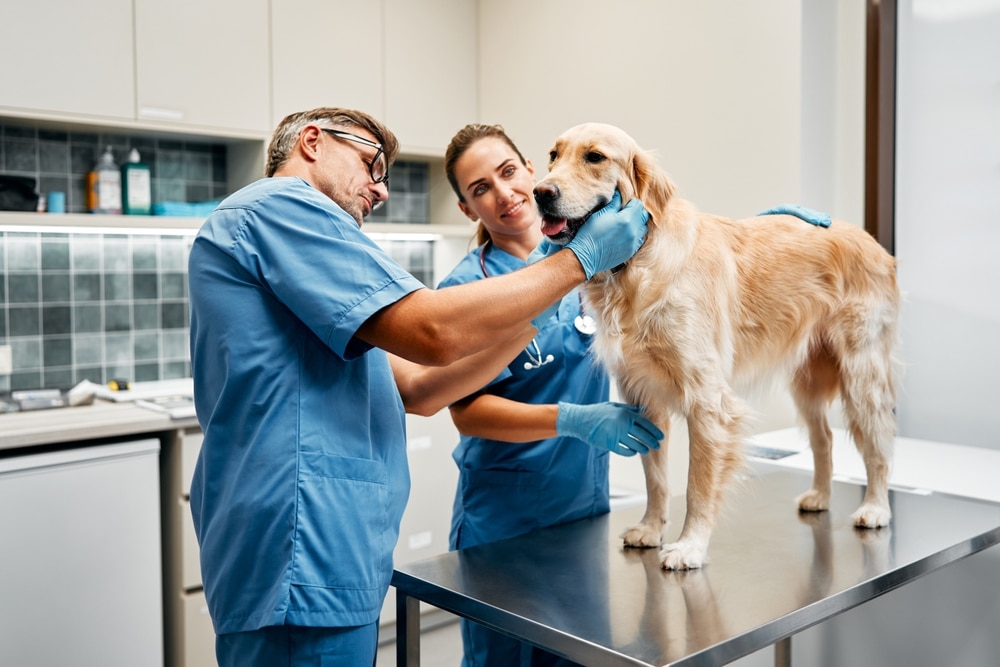The H5N1 strain of avian influenza, commonly known as bird flu, has been silently spreading from infected animals to veterinarians and other animal care workers.
While human cases remain rare, recent reports suggest an increasing risk of transmission, raising concerns among health experts.
According to Newsmax, A growing body of evidence indicates that veterinarians and animal handlers face an elevated risk of exposure to bird flu.
According to a Centers for Disease Control and Prevention (CDC) report, several veterinarians in the United States and Europe have tested positive for H5N1 after direct contact with infected birds or livestock (CDC, 2023).
These cases highlight a crucial gap in biosecurity measures, as many professionals working with animals may not be adequately protected.
One case that caught global attention was that of a Spanish veterinarian who contracted bird flu after handling an infected mink at a farm in Galicia (European Centre for Disease Prevention and Control (ECDC), 2023).
While the individual recovered, the case confirmed that mammals—beyond birds—could serve as intermediaries for viral transmission.
The primary mode of H5N1 transmission remains bird-to-bird, but sporadic cases of bird-to-human infection have been reported.
The World Health Organization (WHO) has documented over 860 human cases of H5N1 infection worldwide since 2003, with a mortality rate of nearly 50% (WHO, 2024).
Although most cases involved direct contact with infected poultry, the recent transmission to veterinarians suggests the virus may be evolving.
Researchers at the United States Department of Agriculture (USDA) have also detected H5N1 in dairy cows, marking an unexpected development in the virus’s spread (USDA, 2024).
The presence of the virus in mammals increases the likelihood of genetic mutations that could enhance human-to-human transmission.
While there is no evidence of sustained human-to-human transmission, experts worry about the virus adapting.
A study published in Nature warns that H5N1 mutations seen in infected mammals could eventually allow airborne spread between humans (Nature, 2024).
If this occurs, bird flu could become the next global pandemic.
To mitigate risks, health agencies recommend stricter monitoring of animal populations, improved protective equipment for veterinarians, and increased public awareness.
The CDC has also advised that individuals working closely with infected animals should undergo regular testing and vaccination if an effective shot becomes available.










